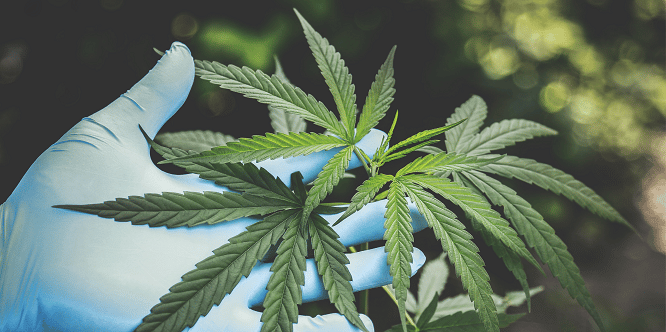TAKEAWAY: Chewing gum is among 3 Oral Fluid adulteration methods you may not know about. SureHire follows strict protocols to prevent oral fluid testing adulteration. Learn more.
Jump Ahead!
We’ve all likely heard of the many adulteration methods for urine drug specimens but we seldom consider the possibilities when it comes to oral fluid adulteration methods. Be aware of
In drug testing, the term adulterate refers to an action taken to alter a test specimen. An individual may attempt sample adulteration before submitting it for analysis to prevent the detection of his or her drug use. There are several different methods that may be used in an attempt to alter a test sample. The methods chosen will depend on the type of drug test being performed and the drug use that the individual is attempting to hide.
ADULTERANTS
There are 3 popular methods of adulterating oral fluid drug tests.
- Mouthwash
- Detox Drinks
- Mints, Citric Acid Candy, or Chewing Gum
Mouthwash: One of the most popular adulterants
Mouthwash is the most popular choice among the perspective “cheaters” as there are multiple options available, including Listerine which is also very cost-effective. It has been proven that mouthwash will eliminate drug metabolites from the saliva temporarily. Manufacturers recommend rinsing your mouth multiple times in the days preceding your test as well as immediately before testing.
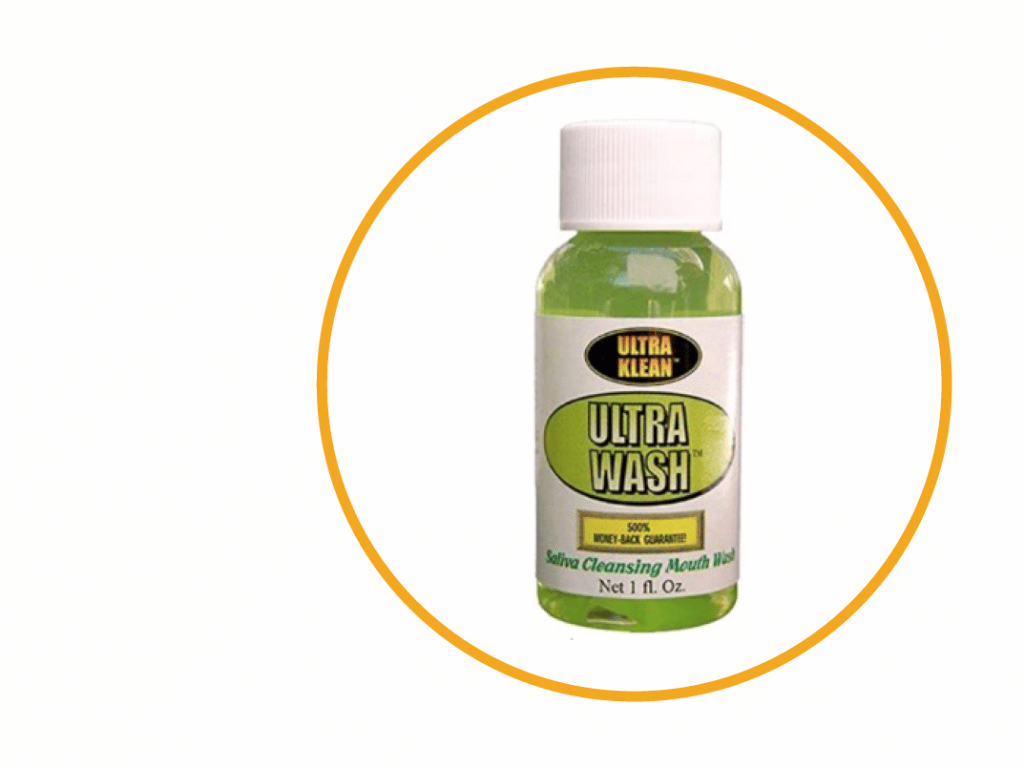
“This mouth wash formula begins to work instantly when it comes into contact with your saliva and glands. Avoid ingesting all toxins at least three days prior to your lab test. Remember anything you smoke or ingest will enter your blood stream and will be released in your body including through the process of saliva.“
Although the claim of immediate removal of toxins is not accurate, this mouthwash may still interfere with the detection of drugs if the proper procedures are not followed.
Detox Drinks: When used immediately before an oral fluid test
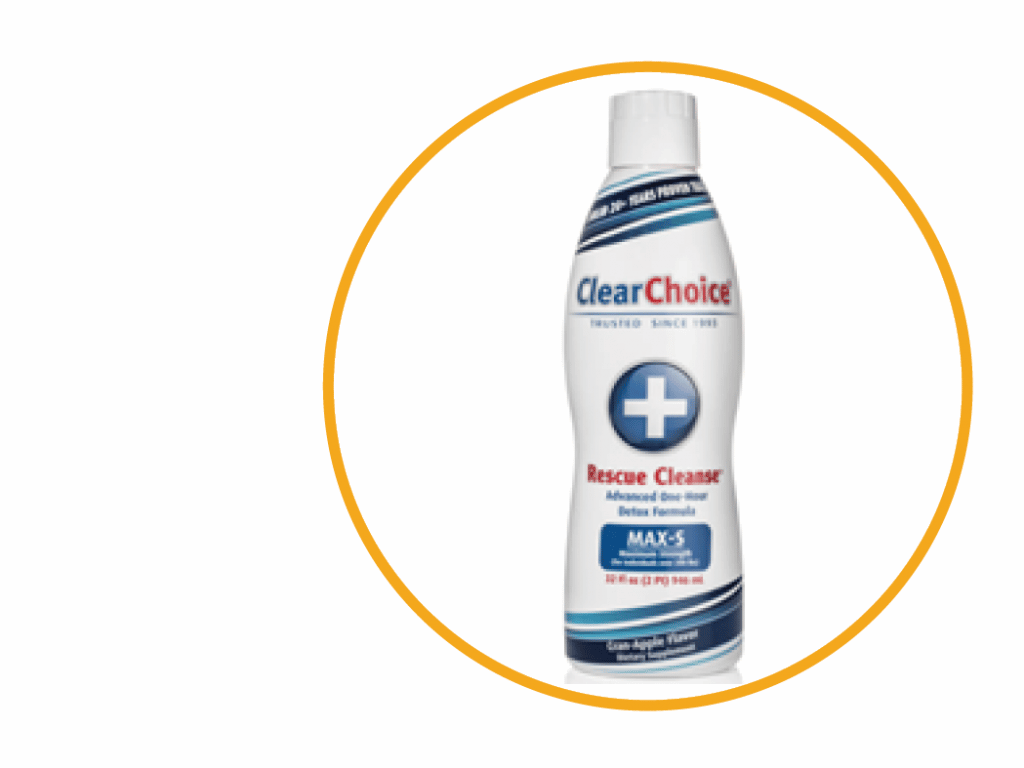
Detox drinks are most commonly used for urine drug testing but marketing for these products also state that they will eliminate all traces of drug use from saliva. In most cases this is not correct, however, if the participant drinks it immediately before the test, it may lower the concentration of some drug metabolites in the saliva temporarily.
Mints, Citric Acid Candy, or Chewing Gum: Changing pH
Mints, candies with citric acid, and chewing gum have been proven to stimulate the production of oral fluid and will inevitably change the pH and concentration of certain drugs in the saliva. Depending on the amount of drug(s) in the participant’s system, it may reduce enough to be below the cut-off level for detection. The effects of this type of adulterant are also temporary.
THE SUREHIRE METHOD
Although adulterants for oral fluid drug testing do exist and may interfere with the detection of drugs in the saliva, the concentration of drug metabolites will regenerate with the reproduction of saliva. SureHire follows the procedures listed below during the collection process to ensure accurate test results despite adulteration attempts.
1. Mouth Rinse. Participants are asked to rinse their mouths with water prior to performing an oral fluid collection. This ensures that any substance they may have in their mouth is removed.
2. Pre-Test Inspection. Participants are asked to open their mouths wide and lift their tongues so that the administrator can see if there are any signs of attempted adulteration. Such as mints, candy, gum, coloured saliva, or anything unusual.
3. 10-Minute Wait. After a rinse and inspection, participants are asked to wait 10 minutes to allow adequate time for saliva regeneration (rendering adulterants ineffective).
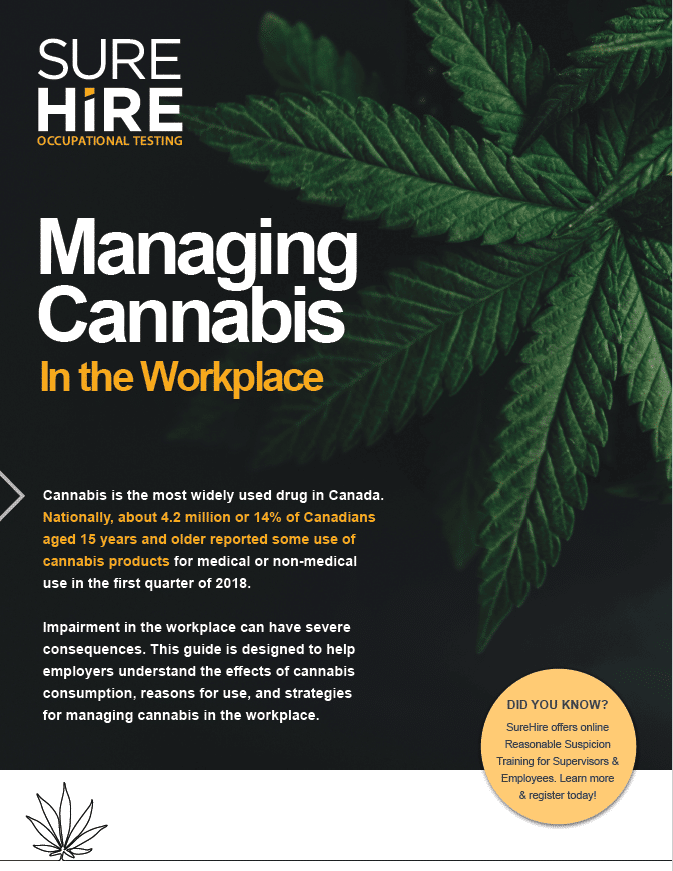
Trending Articles
- 11 Reasons Safety Training is Important in Transportation
 Get an overview of the safety training requirements in the transportation industry and essential resources to help you meet those requirements.
Get an overview of the safety training requirements in the transportation industry and essential resources to help you meet those requirements. - 13-Panel Drug Test: The Most Extensive Drug Screen
 The 13-panel drug test screens for commonly misused prescription drugs and illegal substances including Amphetamines, Barbiturates, Benzodiazepines, Cannabinoids, and more. Learn more…
The 13-panel drug test screens for commonly misused prescription drugs and illegal substances including Amphetamines, Barbiturates, Benzodiazepines, Cannabinoids, and more. Learn more… - 16 Safety Training Requirements in Forestry & Agriculture
 Learn safety training requirements for forestry and agriculture workers so you can mitigate risk and ensure a safe work environment.
Learn safety training requirements for forestry and agriculture workers so you can mitigate risk and ensure a safe work environment. - 2023: A Year of Changes (And It’s Not Over!)
 Kentucky, Delaware, Minnesota, Washington, and the federal Department of Transportation (DOT) have all announced changes that are either already effective or will be soon, many pertaining to cannabis.
Kentucky, Delaware, Minnesota, Washington, and the federal Department of Transportation (DOT) have all announced changes that are either already effective or will be soon, many pertaining to cannabis. - 3 Oral Fluid Adulteration Methods You May Not Know About
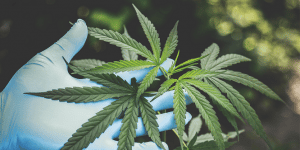 We’ve all likely heard of the many adulteration methods for urine drug specimens but we seldom consider the possibilities when it comes to oral fluid tests…
We’ve all likely heard of the many adulteration methods for urine drug specimens but we seldom consider the possibilities when it comes to oral fluid tests… - 4 Hidden Costs of Fatigue
 Sleep & Fatigue Specialist, Clinton Marquardt, uncovers 4 hidden costs of fatigue and how you can manage them.
Sleep & Fatigue Specialist, Clinton Marquardt, uncovers 4 hidden costs of fatigue and how you can manage them. - 4 Industries That Spark Employee Lung Health Issues
 Employees in industries such as mining and manufacturing may be at risk for serious lung health issues if proper safety interventions aren’t used. Understand the risks and find out how you can intervene.
Employees in industries such as mining and manufacturing may be at risk for serious lung health issues if proper safety interventions aren’t used. Understand the risks and find out how you can intervene. - 5 Key Elements of a Lone Worker Policy
 Lone workers face all of the same risks that other employees face, but there is also a heightened risk of harm because they face these risks alone. Here are 5 key components to ensure optimal and safe conditions for all employees.
Lone workers face all of the same risks that other employees face, but there is also a heightened risk of harm because they face these risks alone. Here are 5 key components to ensure optimal and safe conditions for all employees.
